
What is Crypto Yield Farming and How it Works?

In this guide, we will answer what crypto yield farming is and how to do it.
Yield farming is a revolutionary way of earning passive income through cryptocurrency investments. It is a relatively new concept and has gained much attention in the crypto world. Yield farming involves using your cryptocurrency assets and taking advantage of lending platforms, decentralized finance protocols, and staking pools to generate incentives for interest payments, rewards, and capital gains.
In this descriptive guide to crypto yield farming, you'll learn about the different types of yield farming, the rewards available, and the associated risks. You can earn passive income through yield farming with the right strategies and knowledge. So, let's dive right in and learn about crypto yield farming.
What is Crypto Yield Farming?
Yield farming is a process of using your cryptocurrency assets to generate incentives in the form of:
- Interest payments,
- Rewards, and
- Capital gains.
In other words, it is a form of passive income from cryptocurrency assets. Yield farming can also be considered a strategic investment strategy that allows you to earn income from your idle assets by lending them to other users. This process is similar to how people earn income from their savings accounts.
These idle assets that you can stake can be your:
- Computer's processing power
- A certain amount of coins from your portfolio, or
- A certain amount of tokens from your portfolio.
But how is this beneficial to you?
Benefits of Yield Farming
Yield farming offers a wide range of benefits for both individuals and businesses.
- For individuals, yield farming can be a great way to earn extra income. It can help you diversify your crypto portfolio and hedge against some of the risks associated with investing in cryptocurrencies by generating extra income from your idle assets. This is why they call it an excellent way to earn passive income, which is one of the core benefits of cryptocurrency.
- For businesses, yield farming can help you expand your customer base and increase revenue. You can earn income by lending your idle assets while helping people earn interest and build their crypto portfolios. Although yield farming was once primarily used by mining operations, it can now be done by individuals, organizations, and other entities that are involved with cryptocurrency.
How Does Yield Farming Work in Real-time?
So, what do you need to do to get started with yield farming?
To begin with, the yield farmers will need to deposit their coins or tokens into decentralized applications or dApps of their choice for the following:
- Crypto trading
- Lending, or
- Borrowing.
A few examples of dApps include crypto wallets, DEXs, decentralized social media, and more. Since these investors enhance the liquidity in their chosen dApp, they're referred to as liquidity providers. The crypto that yields farmers' deposits into DeFi protocols gets locked into autonomous smart contracts.
Types of Yield Farming
There are three types of yield farming - lending, providing liquidity, and staking.
Lending refers to lending your idle cryptocurrency assets to earn interest payments. You are generating revenue through interest payments when you lend your cryptocurrency assets. This process is similar to how people earn interest from their savings accounts.
Providing liquidity to decentralized apps for traders to trade on can also generate you fees. However, keep in mind that there exists impermanent loss in the process.
Staking refers to lending your coins to earn rewards through coins and staking fees. You are generating revenue through rewards and staking fees when you stake your coins. Rewards can come in the form of coins, tokens, or other types of digital assets. You are lending your coins to earn rewards.
Types of Rewards Available
Rewards are the incentives earned when you lend idle coins and cryptocurrencies to earn interest payments and generate passive income. There are many different rewards available to those who participate in yield farming. Some include interest payments, votes, staking rewards, and airdrops.
Interest payments: This is the primary reward generated by yield farming. Interest payments are generated when you lend idle coins and cryptocurrencies to other participants.
Votes: This refers to the ability to vote on certain network issues.
Staking rewards are rewards generated by staking crypto assets for a certain period.
Airdrops: This refers to the free crypto coins and tokens resulting from participating in a certain network or blockchain project.
Is Yield Farming Safe and Profitable?
Now that you know the benefits of yield farming, it's also important to know the risks. This is because no investment is risk-free, and the same is true for yield farming. When you decide to earn income from yield farming, you must consider the risks associated with it. Some risks associated with yield farming include network, liquidity, counterparty, and regulatory risks.
Network risk refers to the risk associated with the security of the network/blockchain and its ability to function as expected.
Liquidity risk is associated with the ability to liquidate your assets when you need them.
Counterparty risk refers to the risk associated with the ability of the person/entity with whom you have the contract to fulfill the obligations.
Regulatory risk is the risk associated with the ability of the government to enact new laws that can affect your earnings.
Smart contract risk is the risk associated with the probability of smart contracts getting hacked due to a bug or backdoor.
That said, there are definitely risks involved that you need to be aware of.
Strategies for Yield Farming
There are many strategies you can use for yield farming. Some of them include lending your idle assets to earn interest payments, staking your coins to earn rewards, and using different DAFs to generate passive income.
Lending your idle assets: This is one of the most common ways to earn income through yield farming. You can use your idle assets, such as your computer's processing power, to lend them to others who need them.
Staking your coins: This is another popular way to generate passive income through yield farming. You can lend your coins to earn rewards.
Using different DAFs: This refers to the use of decentralized autonomous funds that can generate passive income.
What's Next for Yield Farming?
Yield farming is a dynamic space that tends to change quickly; it often requires vigilance and time for farmers to cull out the best possible strategies. However, for someone who can manage it, yield farming will be highly profitable in 2023, even in the bearish market.
That said, yield farming is significantly risky with rug pulls, hacks, impermanent loss, etc.
So, choosing your battle is important before getting into the ring.
Platforms for Yield Farming
Many different types of yield farming platforms are available for you to use.
You can use these platforms to take advantage of your idle assets to generate income through interest payments and rewards.
Some popular yield farming platforms include Yearn Finance, Lido, and Liquity.
The Bottom Line
Yield farming is a revolutionary way of earning passive income through cryptocurrency investments. It involves using your cryptocurrency assets to take advantage of lending platforms, decentralized finance protocols, and staking pools to generate incentives in interest payments, rewards, and capital gains. While lucrative, it can be a riskier investment depending on the platform you go for and the type of yield you are generating.

.svg)

Create Your Free Token Metrics Account

.png)




%201.svg)
%201.svg)


%201.svg)




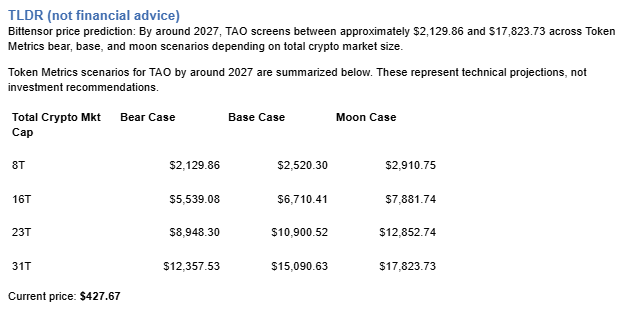
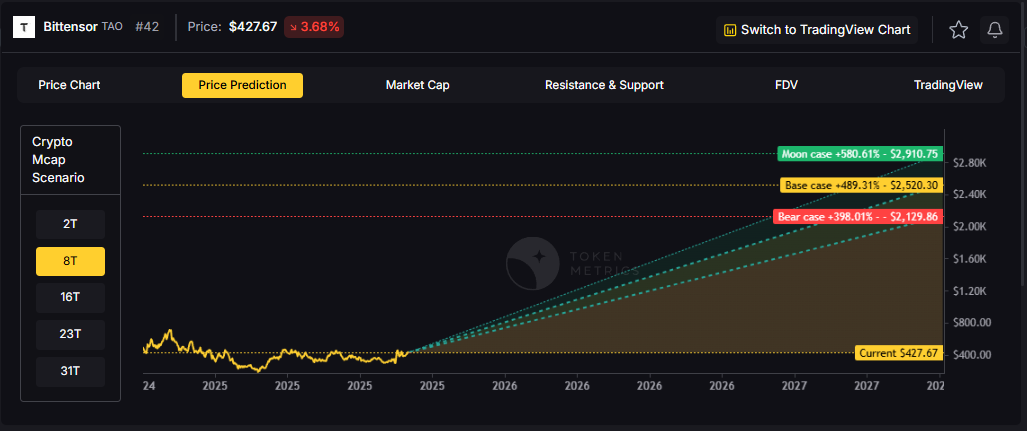


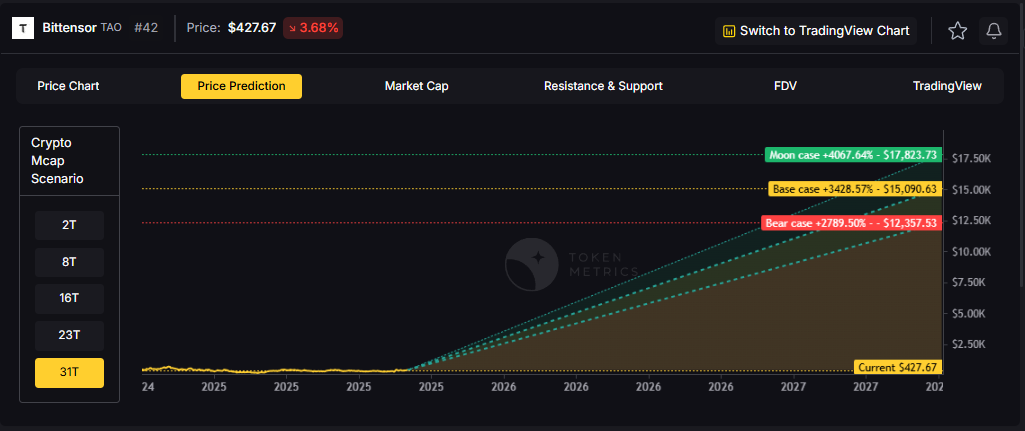



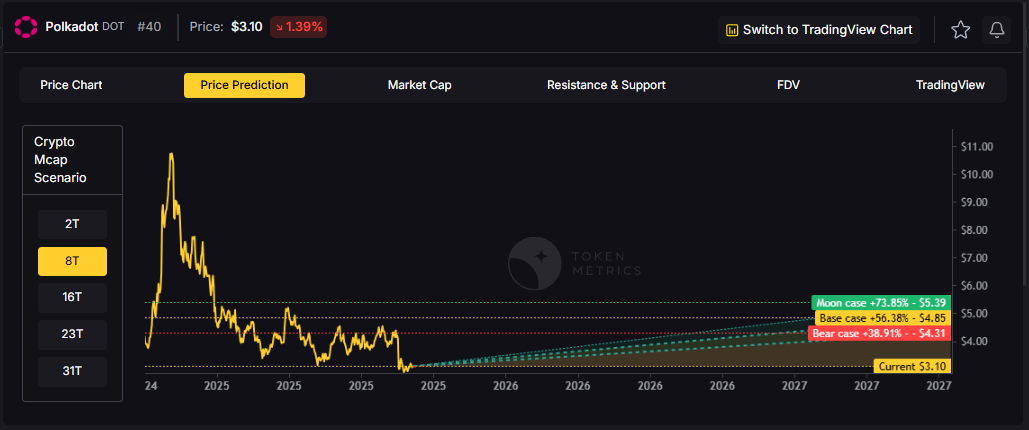




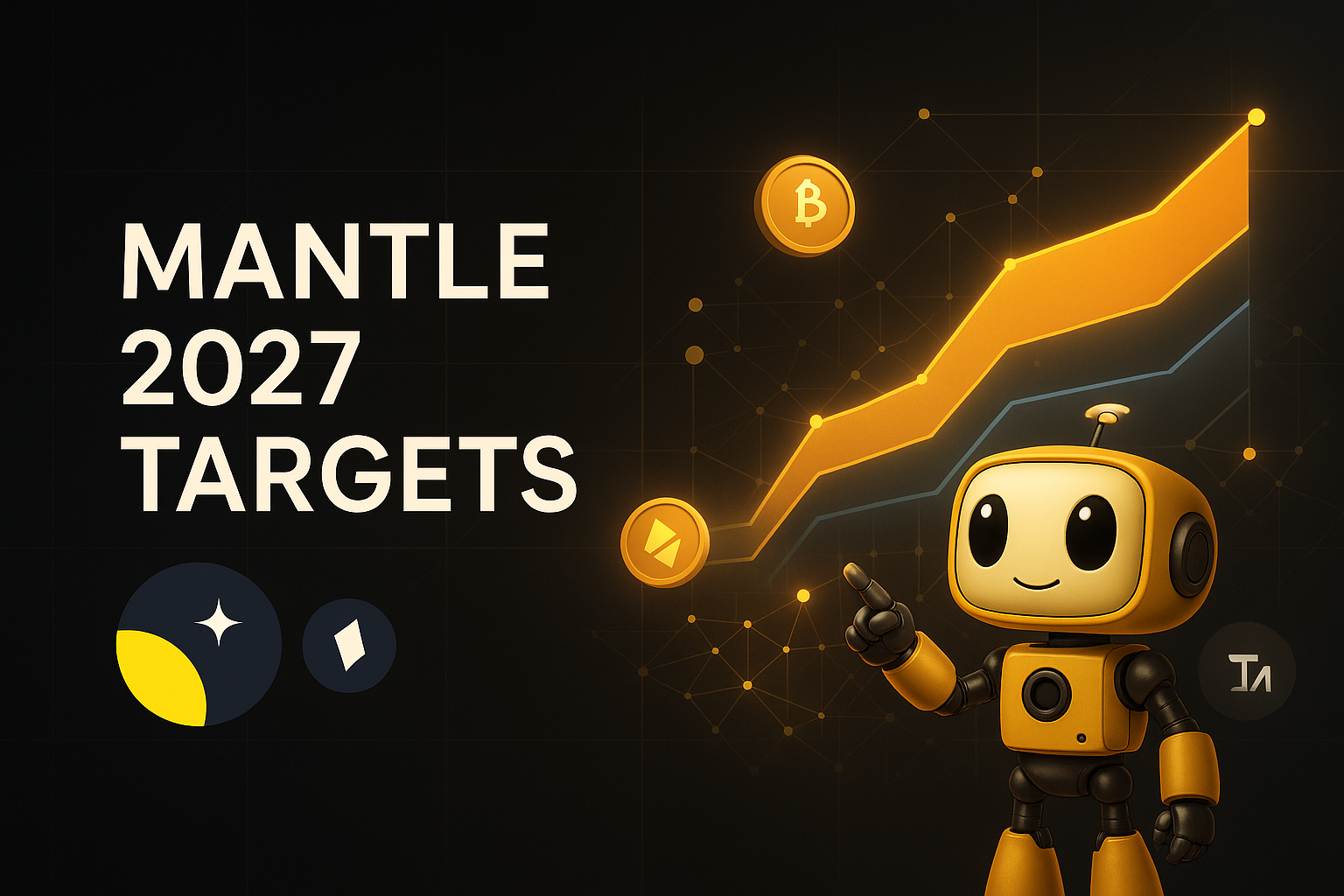
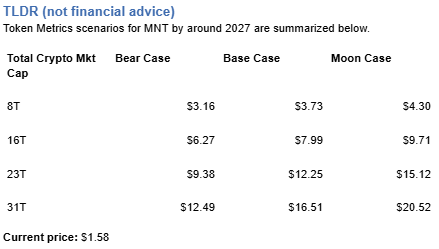
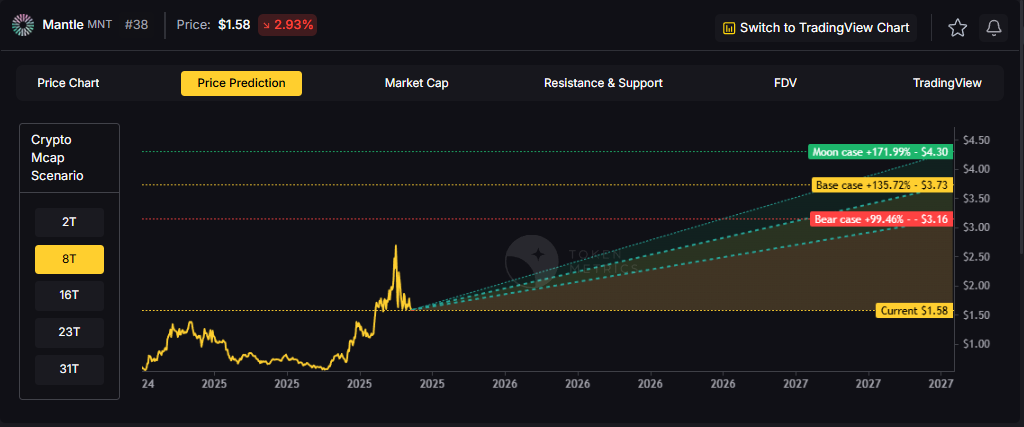
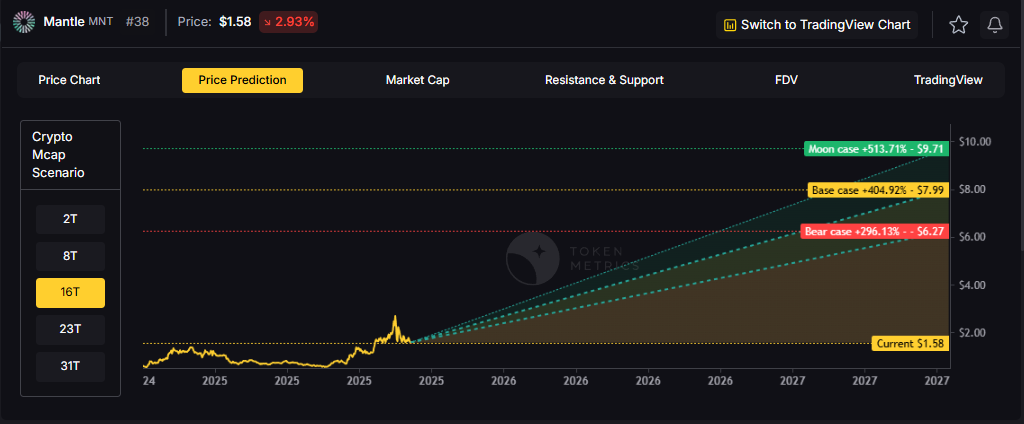
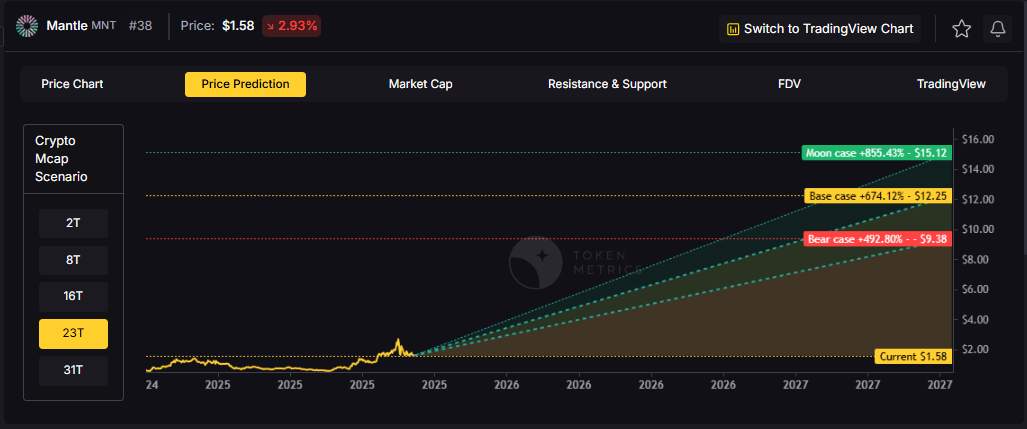

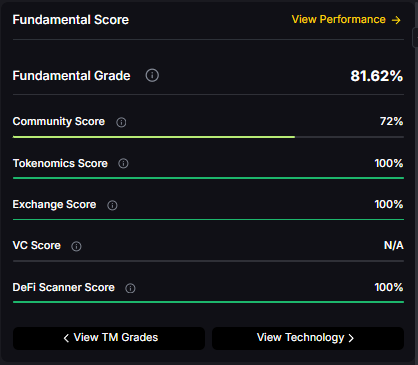

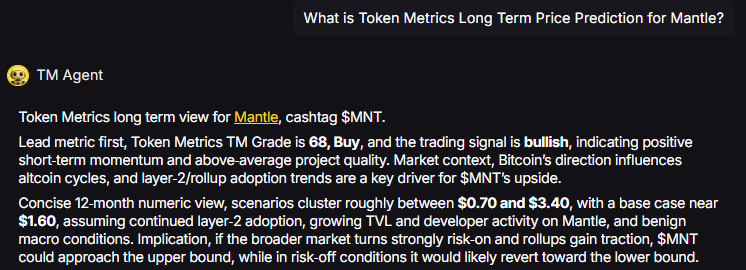



.svg)




.png)